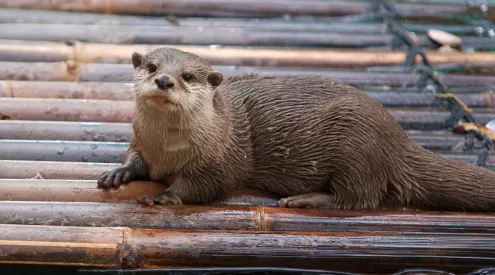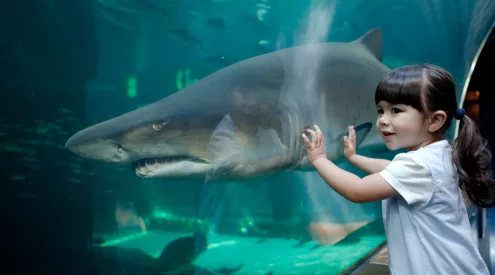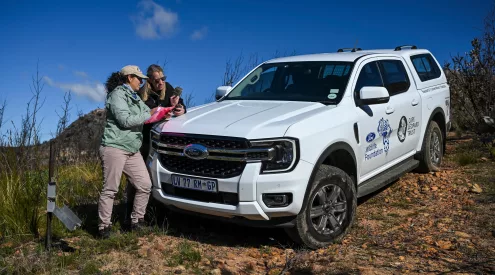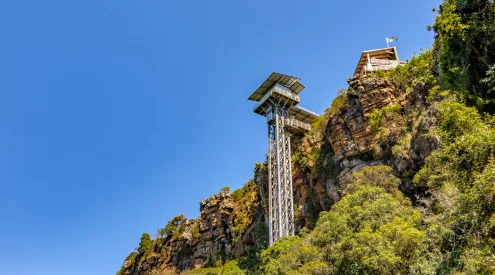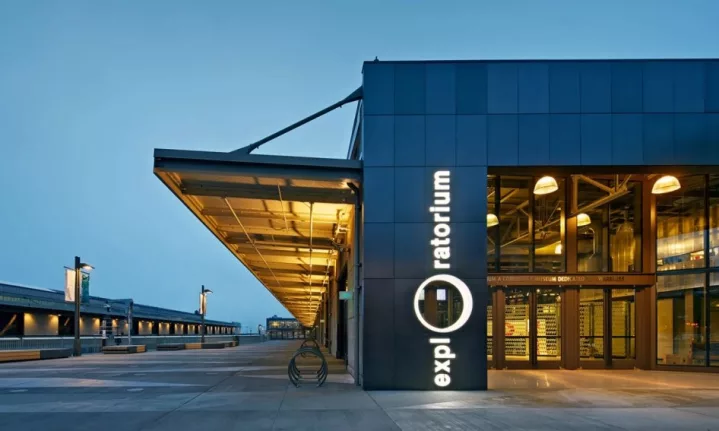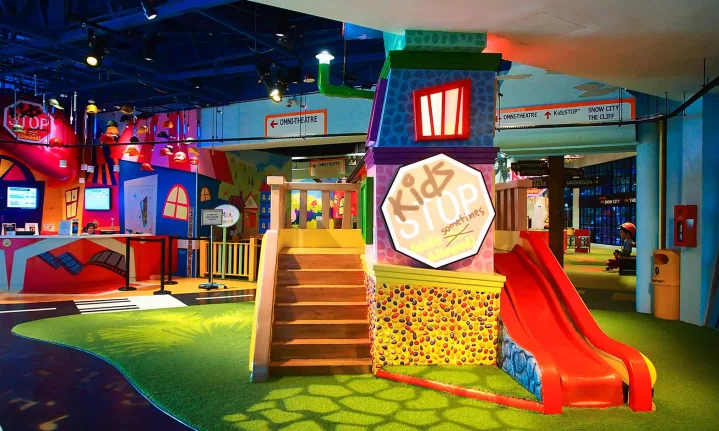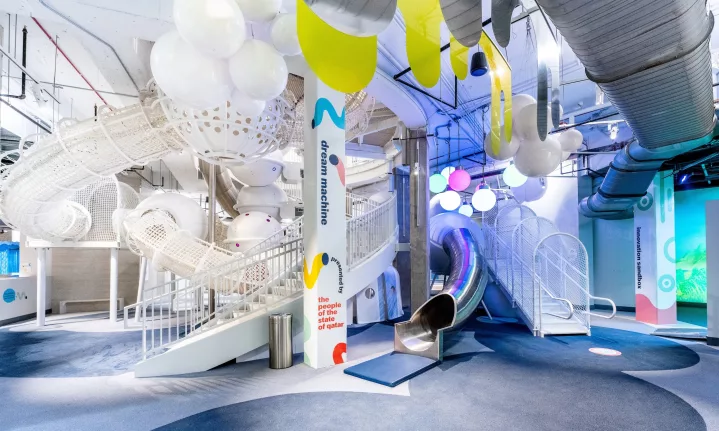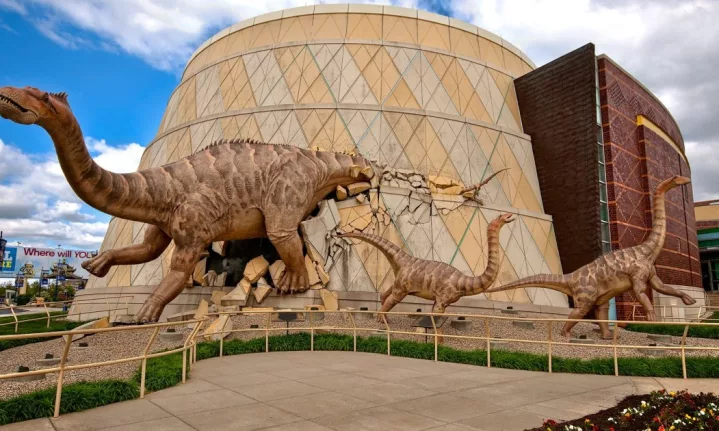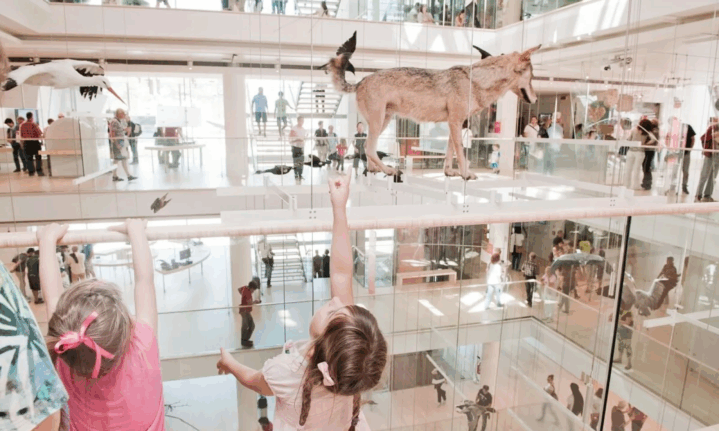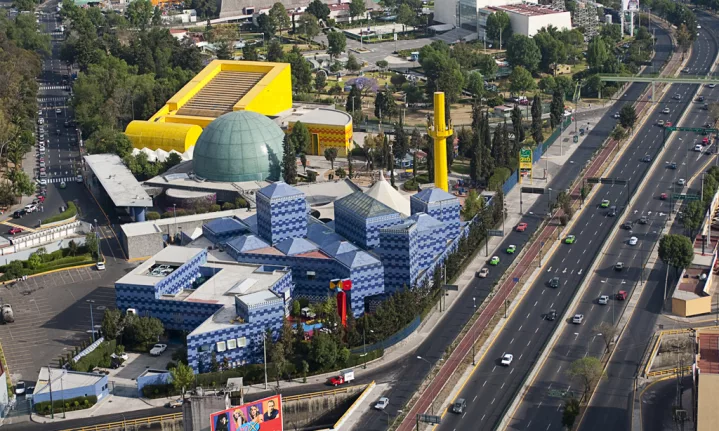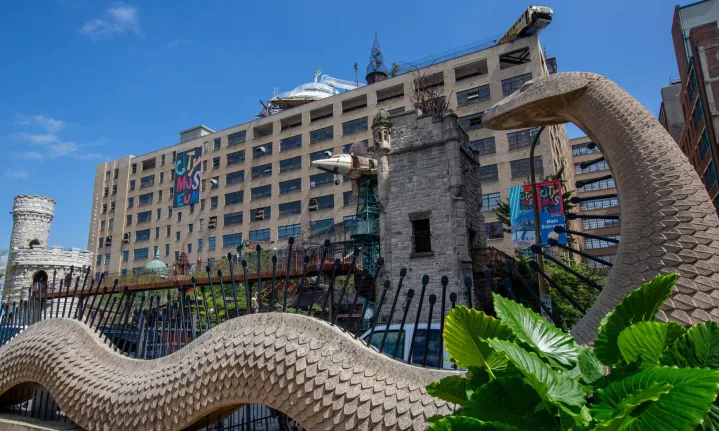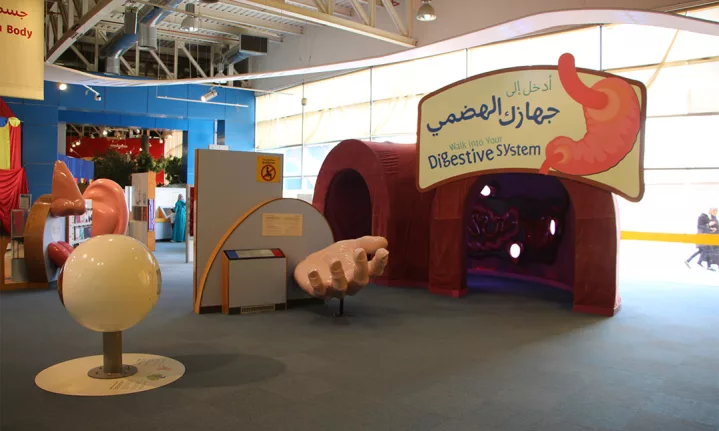Travelling with children isn’t about finding the nearest playground, it is about sparking their curiosity and exposing them to different things in the world and even better, what they can learn from while having fun.
Across the globe, children’s museums are transforming the way young travellers see the world. Here are some of the best children’s museums around the world that prove learning can be the best part of the trip.
Exploratorium – San Francisco, USA

Picture/Bruce Damonte/Introba
This pioneering science museum is a global benchmark for interactive learning. With hundreds of exhibits that explore light, sound, movement, and the human experience, the Exploratorium is a place where kids (and adults) are encouraged to touch, test, and tinker. The Tinkering Studio invites children to build their own creations, while the Fog Bridge and Shadow Box take sensory exploration to the next level. Set on San Francisco’s waterfront, it’s as stimulating as it is scenic.
City Museum – St. Louis, USA

Picture/St Louis
Far from conventional, the City Museum is a wild mix of urban art, playground, and architectural salvage — all within a 10-storey former shoe factory. Children climb through suspended tunnels made of rebar, swoosh down multi-storey slides, and explore caves, ball pits, and mosaicked corridors. The museum is designed by artists, not educators, which gives it a spontaneous, surreal feel that kids adore. It’s an immersive adventure in creativity and physical play.
Papalote Children’s Museum – Mexico City, Mexico
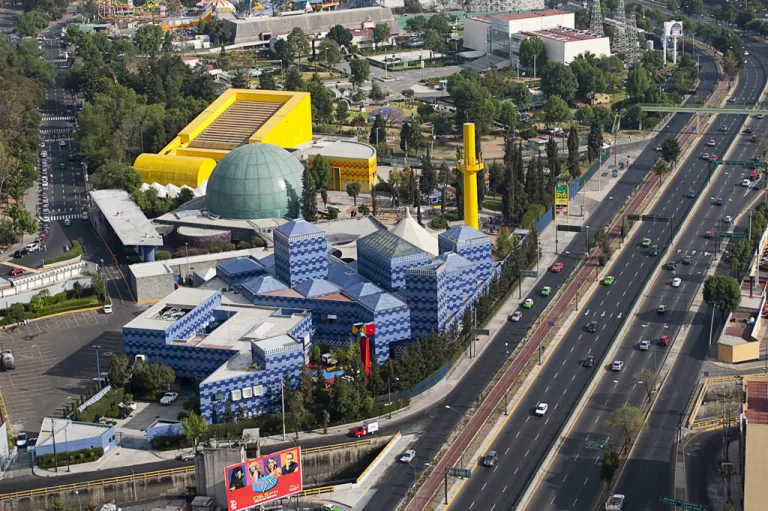
Picture/ Pro Bosque Chapultepec
“Touch, play, and learn” is the ethos of this standout Latin American museum. Papalote offers bilingual exhibits that combine science, technology, and culture. Kids can try everything from operating a radio station to exploring their senses in dedicated rooms for smell, sound, and sight. Set in Chapultepec Park, it also boasts a digital dome, planetarium, and a lush garden where children can get their hands dirty.
MUSE – Trento, Italy
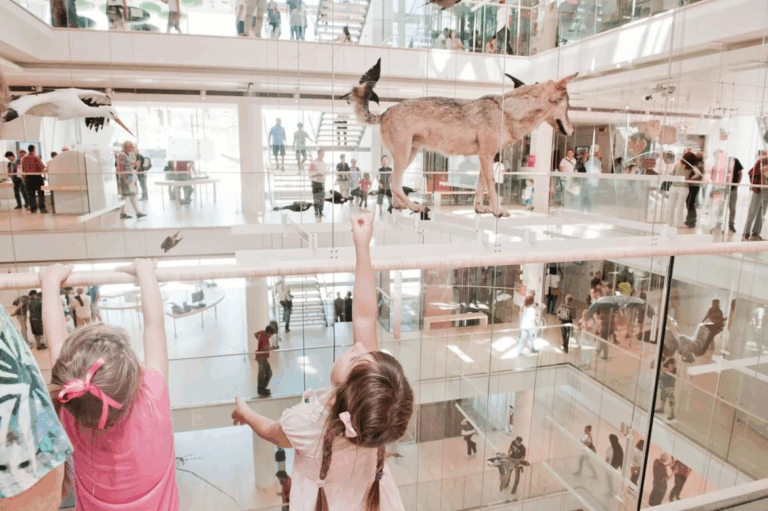
Picture/Global Network of Water
Italy’s MUSE (Museo delle Scienze) takes a high-design approach to science learning. Designed by famed architect Renzo Piano, the glass-and-steel building houses exhibits ranging from climate change to dinosaur fossils. The “Maxi Ooh!” area is specifically tailored for young children, filled with sensory stations and discovery zones. The surrounding mountain views don’t hurt either — perfect for combining education with Alpine aesthetics.
ALSO READ: Best cities for plant-based travellers
The Children’s Museum of Indianapolis – Indiana, USA
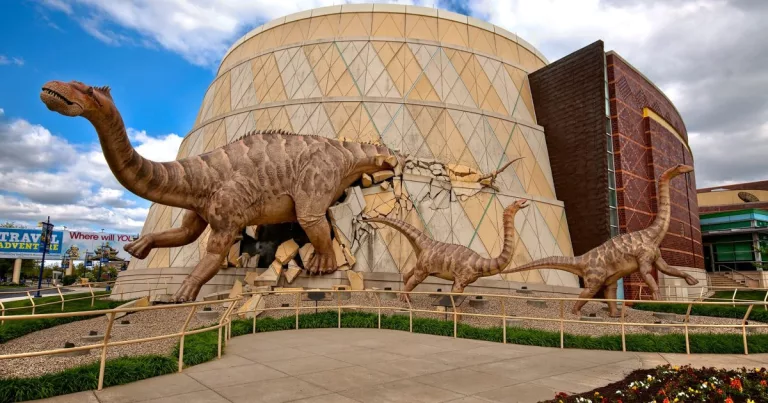
Picture/Visit Indy
As the largest children’s museum in the world, this five-storey attraction is an educational juggernaut. Kids can dig for dinosaur bones in a real fossil bed, walk through a recreated Egyptian tomb, and explore a space station module. Rotating exhibits cover everything from pop culture to ancient civilisations. The outdoor Sports Legends Experience adds another layer of active fun, making it a full-day destination.
Cité des Enfants – Paris, France
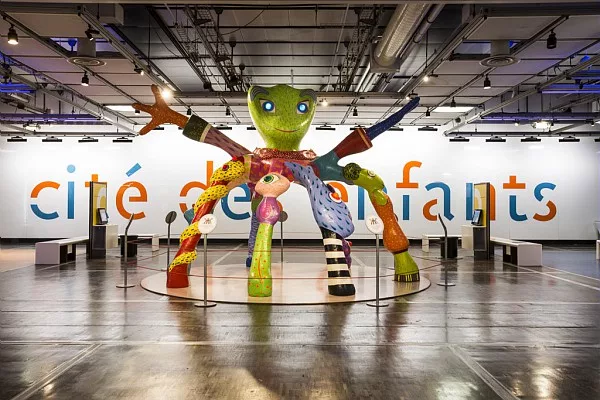
Picture/Cité des Sciences
Part of the sprawling Cité des Sciences complex in La Villette, this children’s museum is cleverly divided by age: one section for 2–7-year-olds, another for 5–12-year-olds. Activities are structured around key developmental skills — building, balancing, observing — and the bilingual signage makes it accessible for international families. Parents can relax at the nearby science museum or picnic in the park after a day of child-led exploration.
National Children’s Museum – Washington, D.C., USA

Picture/Washington DC
Reimagined and reopened in 2020, this STEAM-focused museum integrates science, tech, engineering, arts, and maths with creative flair. The “Dream Machine” climbing structure, the “Climate Action HQ” for budding environmentalists, and interactive coding stations cater to future-forward kids. It’s a compact but punchy experience in the heart of America’s capital.
KidsSTOP – Singapore
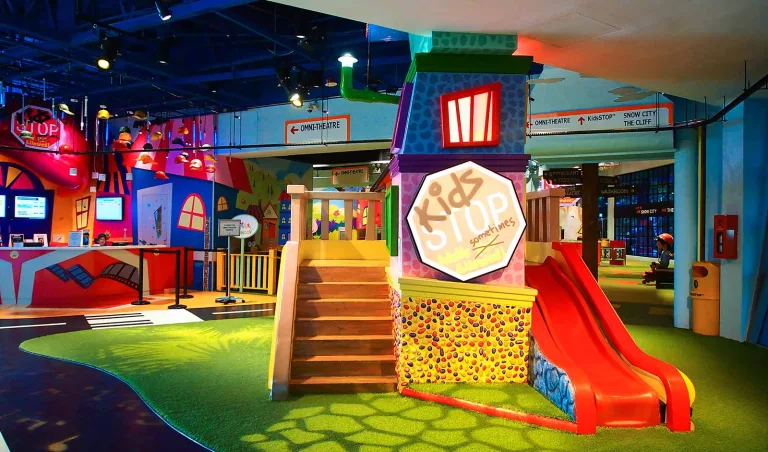
Picture/Science Centre
Aimed at children aged 18 months to 8 years, KidsSTOP is an edutainment zone inside the Singapore Science Centre. Themed zones like “Flight & Space,” “The Supermarket,” and “Built Environment” introduce real-world concepts through scaled-down simulations. Its focus on problem-solving and exploration makes it especially valuable in Singapore’s innovation-driven society. It’s also indoors and air-conditioned — a major plus in tropical heat.
Cape Town Science Centre – South Africa
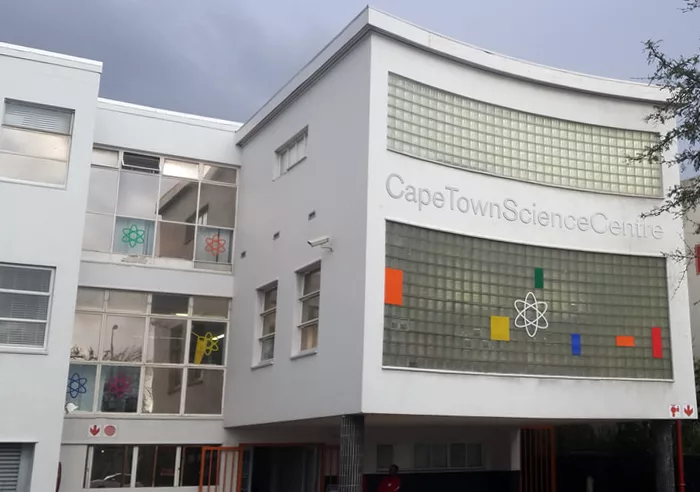
Picture/Wikipedia
Located in Observatory, this dynamic museum is South Africa’s answer to hands-on science learning. Interactive exhibits focus on robotics, magnetism, electricity, and puzzle-solving, with weekend shows and holiday programmes to keep the curiosity alive. It’s not just a rainy-day fix for Cape Town families — it’s a genuine launchpad for STEM interest.
Experimentarium – Copenhagen, Denmark

Picture/Experimentarium
Danish design meets science wonderland at Experimentarium. With features like a giant bubble room, a tunnel of senses, and a rooftop water playground, this museum is built for tactile, full-body learning. Children are encouraged to experiment with everyday phenomena, from gravity to light, in a stylish and sustainable space. Parents will appreciate the eco-conscious café and thoughtful layout.
Honourable mentions
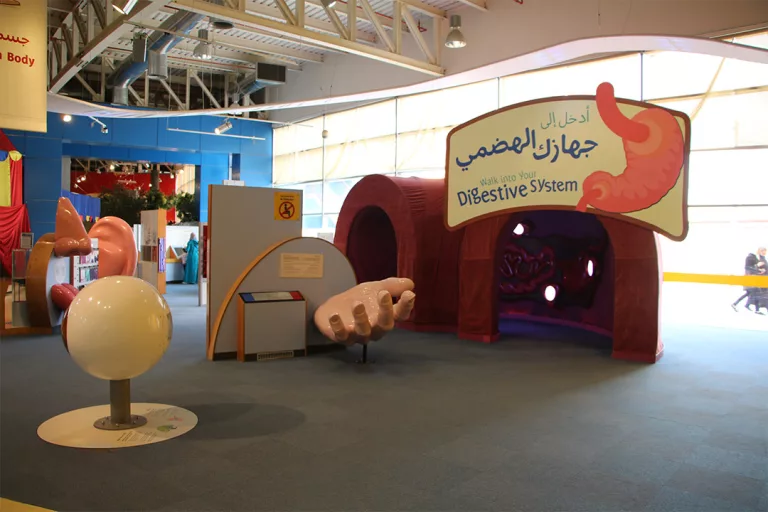
Picture/Jordan Museums
Children’s Museum Jordan (Amman) – Combines modern design with themes of civic engagement, environmental care, and innovation.
ZOOM Kindermuseum (Vienna, Austria) – Features digital labs, art studios, and an immersive ocean-themed soft play area.
Museo dei Bambini (Milan, Italy) – Recreates everyday environments like grocery stores and hospitals to help kids role-play and explore grown-up worlds.
Follow us on social media for more travel news, inspiration, and guides. You can also tag us to be featured.
TikTok | Instagram | Facebook | Twitter
ALSO READ: The world’s best bookshops with a view

